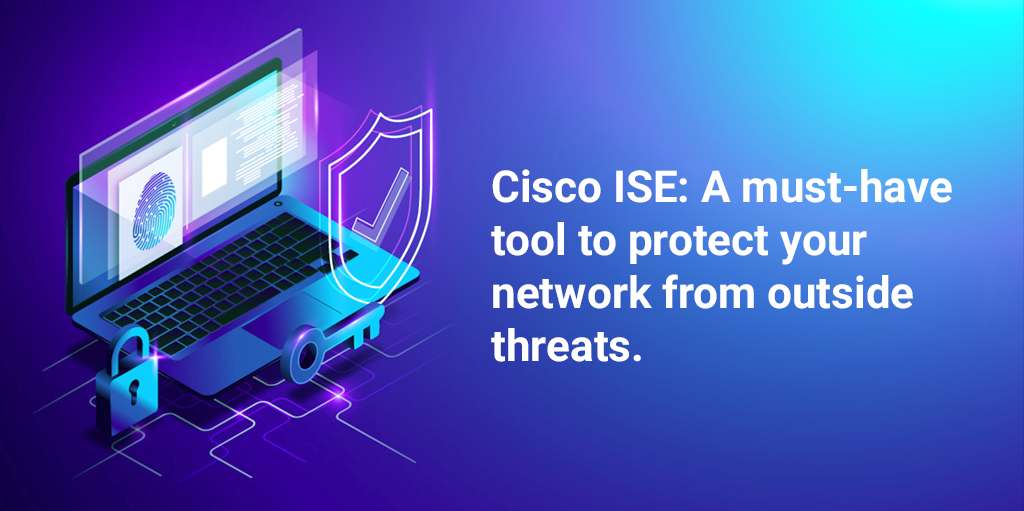Introduction
Identity and Governance Administration : In 2024, poor identity management led to over $4.5 billion in global data protection fines. This was caused by outdated user access, weak permissions, and limited visibility into who have access to sensitive data. That’s where Identity and Governance Administration (IGA) becomes essential.
As cyber threats grow and compliance requirements become stricter, your organization needs more than just basic security. You have to manage who can access what, enforce rules consistently, and stay ready for audits. IGA helps your organization do all of that while reducing the risk of non-compliance.
In this blog, we’ll walk you through what IGA is, why it matters, and how you can use it to protect your organization from regulatory mistakes.

What is Identity and Governance Administration (IGA)?
Identity and Governance Administration (IGA) is a framework that helps your organization manage “who” has access to “what” across your systems, applications, and data. It’s a key component of broader Identity and Access Management (IAM), with a stronger focus on policy enforcement and compliance oversight.
At its core, IGA ensures that every user, whether employee, vendor, or contractor, has the right level of access and nothing more. It also helps track, certify, and adjust those permissions over time.
Unlike traditional IAM, which primarily controls access, IGA brings governance into the picture. It helps you answer questions like:
- Who granted this user access?
- Does this access still align with their role?
- Are we following internal policies and external regulations?
With IGA, your organization gains the tools to automate permissions, enforce policies, and generate reliable audit trails that support compliance efforts.
Why Poor Identity Management Can Lead to Compliance Risks
When your organization doesn’t have strong identity governance practices, access-related risks start to build quietly but in a dangerous way.
For example, if a former employee’s account is still active, they could access sensitive data long after leaving the company. Or if an employee changes roles but retains their old permissions, it creates a gap that regulators often flag.
Here are a few ways how poor identity practices increase compliance risks:
- Outdated or excessive access rights: This violates the principle of least privilege, a key compliance requirement in many regulations.
- Manual access processes: Relying on spreadsheets or email requests leads to inconsistent and error-prone provisioning.
- Lack of visibility: If your team can’t track access history, you’re not only exposed to insider threats but also unprepared for an audit.
These risks don’t create security problems. They can directly result in non-compliance penalties under GDPR, HIPAA, or SOX.
How Identity and Governance Administration (IGA) Helps Your Organization Stay Compliant
Strong identity and governance administration helps your organization stay in control and build a consistent approach to compliance. Here’s how:
1. Automates Access Control
IGA assigns access based on roles. This helps avoid excessive access and reduces human error. It ensures that users only have access to what they need and nothing more.
2. Provides Audit-Ready Reports
IGA solutions log every access decision and change. These audit trials make it easier to demonstrate compliance and respond to regulatory questions.
3. Supports Regular Access Reviews
You can schedule access certifications to review who has access to sensitive data. This helps you spot and remove unnecessary or risky permissions.
4. Enforces Security Policies
IGA helps apply security rules consistently. For example, if a user changes departments, their previous permissions can be automatically revoked.
Together, these practices reduce the risk of non-compliance and help your organization maintain control without slowing down operations.
Getting Started: Simple First Steps
You don’t need to overhaul everything on day one. Here are some easy ways to start improving identity governance in your organization:
1. Review Current Access
Start by checking who currently has access to your critical systems. Flag any inactive or over-permissioned accounts.
2. Define Roles and Responsibilities
Group users by role (like HR, finance, or IT) and assign access based on what they need. This makes permissions easier to manage and audit.
3. Explore IGA Tools
Even simple identity governance solutions can help automate tasks like provisioning, deprovisioning, and reporting. Choose one that fits your organization’s size and needs.
4. Plan Regular Reviews
Make access reviews part of your quarterly or bi-annual compliance checks. This creates a habit of clean, policy-driven identity management.
Conclusion
Every access decision your organization makes can move you closer to or further from compliance. Identity and governance administration isn’t about securing systems. It’s about building confidence, staying accountable, and being ready when regulations call.
If you’re unsure where your organization stands today, now is a good time to start. Whether it’s running an access audit, choosing the right IGA tool, or speaking with a trusted security partner, we’re here to guide you.



